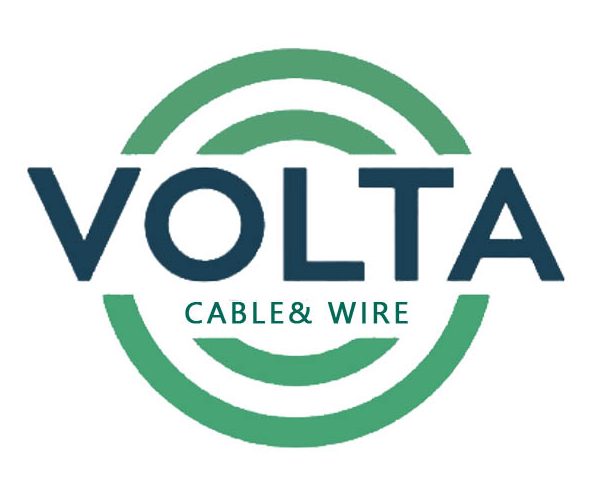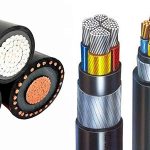Lacquered Wire: Features, Types, and Applications in Industry and Electrical Energy Generation
what will you read...
Definition of Lacquered Wire and Its FeaturesLacquered InsulationTypes of Lacquered Wire and Their FeaturesCross-Section Size of Lacquered WireType of Electrical Conductor in Lacquered Wires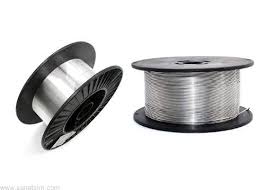 Applications of Lacquered Wire in Industry and Electrical Power GenerationAdvantages of Using Lacquered WireConclusion
Applications of Lacquered Wire in Industry and Electrical Power GenerationAdvantages of Using Lacquered WireConclusionLacquered wire is one of the most important and widely used types of wire in the electrical and electronics industry. Due to its unique enamel coating, it possesses special characteristics that make it ideal for use in electrical energy generation and electrical devices. In this article, we will discuss the features, types, applications, and benefits of Lacquered wire
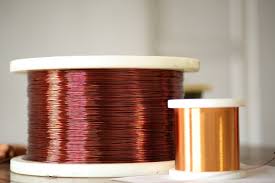
Definition of Lacquered Wire and Its Features
Lacquered wire is an electrical wire with a layer of insulation made from an enamel or lacquer coating. This insulation, which is primarily resistant to electrical current and heat, helps protect the wire from potential hazards such as short circuits, temperature variations, and corrosion
Lacquered Insulation
Insulation Material: The insulation of Lacquered wire is typically made from special polymer materials like polyester, polyurethane, or nylon. These materials are resistant to electrical current and temperature, protecting the wire from physical contact and electrical damage
Thermal Resistance: Lacquered wires are usually resistant to high temperatures, making them suitable for use in industrial environments with high heat or in devices that generate heat
Types of Lacquered Wire and Their Features
1Polyester Lacquered Wire
Features: These wires have excellent heat and chemical resistance. Polyester Lacquered wire is ideal for applications that require a thin insulation layer and high resistance in industrial environments
Applications: Commonly used in electric motors, transformers, and electronic devices
:2Polyurethane Lacquered Wire
Features: Polyurethane wires are highly flexible and can be installed in a variety of environments
Applications: Ideal for use in sensitive devices with limited space, such as electric motors and generators
3Nylon Lacquered Wire
Features: Nylon Lacquered wires offer high resistance against abrasion, corrosion, and harsh environmental conditions
Applications: Used in environments where physical hazards such as abrasion and pressure are present, like industrial machinery and heavy equipment
Cross-Section Size of Lacquered Wire
Lacquered wires are available in various cross-sectional sizes, typically ranging from 0.1 mm² to 200 mm² The wire size is chosen based on the application and the amount of electrical power that needs to be transmitted
Common Ranges
Small cross-section wires (from 0.1 mm² to 1 mm²) are typically used for electronic applications such as wiring in small electrical devices or circuit boards
Larger cross-section wires (over 1 mm² to 100 mm²) are used for power transmission in industrial motors, generators, and high-power electronic systems
Type of Electrical Conductor in Lacquered Wires
The conductor of Lacquered wires is typically made from copper or aluminum, each with its own set of characteristics
1Copper Lacquered Wire
Features: Copper has a higher electrical conductivity than aluminum. Copper is ideal for transmitting electrical power with minimal losses
Benefits: Suitable for devices requiring high current transmission and low energy losses
2Aluminum Lacquered Wire
Features: Aluminum is lighter than copper and more cost-effective. However, its electrical conductivity is lower than copper
Benefits: Ideal for applications where low weight and lower cost are important
Applications of Lacquered Wire in Industry and Electrical Power Generation
Lacquered wires are widely used across various industries, particularly in electrical energy generation and electrical device manufacturing. Some key applications include
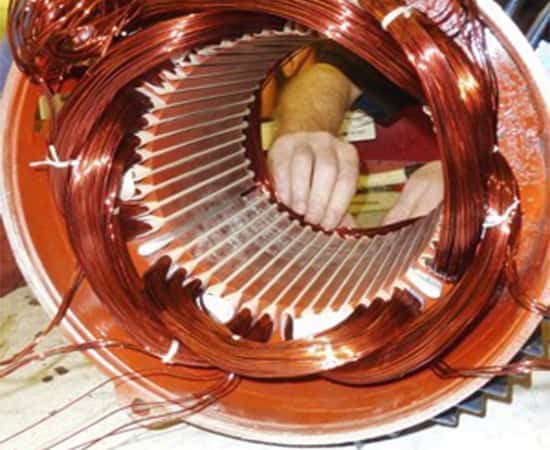
1.Electric Motors and Generators: Lacquered wires are used in the windings of electric motors and generators. Their insulation and heat resistance make them essential for preventing short circuits and damage to the windings
2.Transformers: Transformers require wires that can handle high voltage. Lacquered wire, with its insulating properties and high thermal resistance, is ideal for these devices
3.Electronic Circuits:Lacquered wire is used in printed circuit boards (PCBs) and electronic devices to connect various components
4.Industrial Equipment and Heavy Machinery: Lacquered wires with abrasion-resistant insulation are used in industrial machines and equipment that face physical hazards like wear and tear
5.Power Generation and Transmission: Lacquered wire is used in electrical power systems and transmission networks to prevent wire-to-wire contact and reduce potential hazards
Advantages of Using Lacquered Wire
Strong Insulation: The enamel insulation provides excellent protection against short circuits and electrical failures
Thermal and Chemical Resistance: These wires can operate in high-temperature and harsh chemical environments
Long Lifespan: Due to their resistance to corrosion, abrasion, and environmental damage, Lacquered wires have a long service life
Flexibility: Lacquered wires can be installed in tight spaces, especially in electronic devices and motors
Conclusion
Lacquered wire, with its unique properties, is an excellent choice for use in electrical devices and power transmission systems. Choosing the correct conductor type (copper or aluminum), insulation material, cross-sectional size, and appropriate application can greatly improve the performance, safety, and lifespan of electrical equipment
